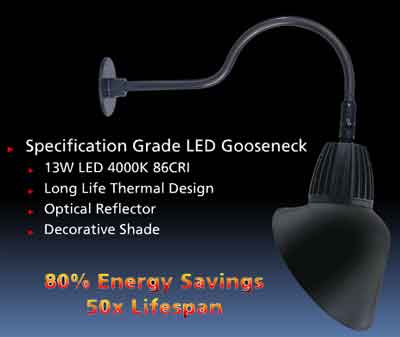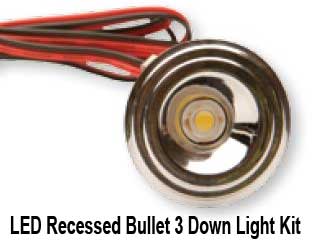|
The best way to approach commercial lighting design is through careful balancing of multiple client needs. Different levels of light are required in various indoor and outdoor environments. These levels must be met first and foremost to ensure safety, security, and operational efficiency. Matters of budget must also be addressed so that your clients can obtain what they need at a cost that they can afford. Energy efficiency, combined with the frequency of anticipated replacements, must also be considered cost factors in addition to that of the front end purchase price.
 Investing in a photometric model of your client’s system is the best way to ensure that the commercial lighting design that you ultimately bid will take all of these factors appropriately into account. The photometric models that we create include both schematics and three-dimensional renderings of various equipment combinations that can be used to build a lighting array for your client’s facility. Foot candle distribution is clearly noted, and such things as optimal lighting angles, the best possible mounts, and any necessary pole heights are also clearly depicted. Investing in a photometric model of your client’s system is the best way to ensure that the commercial lighting design that you ultimately bid will take all of these factors appropriately into account. The photometric models that we create include both schematics and three-dimensional renderings of various equipment combinations that can be used to build a lighting array for your client’s facility. Foot candle distribution is clearly noted, and such things as optimal lighting angles, the best possible mounts, and any necessary pole heights are also clearly depicted.

This gives you and your client a visual frame of reference to judge the effectiveness of a proposed commercial lighting design prior to any actual purchases being made. It also allows for multiple options in light sourcing to be explored once the initial design for a layout is complete. Many new fluorescent and LED lighting fixtures have emerged on the market that are now offering competitive alternatives to halogen and incandescent lights. These sources have considerably longer lamp life and utilize energy much more efficiently. Clients can expect a return on investment on two levels. First, the cost of operating their system is lowered, and secondly, the cost of replacements is drastically reduced by using lamps that last longer than ever before.
This flexibility with which we can approach commercial lighting design with our photometric tools typically results in multiple options being made available to your client. Different fixtures, lamps, and layouts can be tried until the best combination of procurement cost versus long-term return on investment can be agreed upon by all parties concerned.
|

